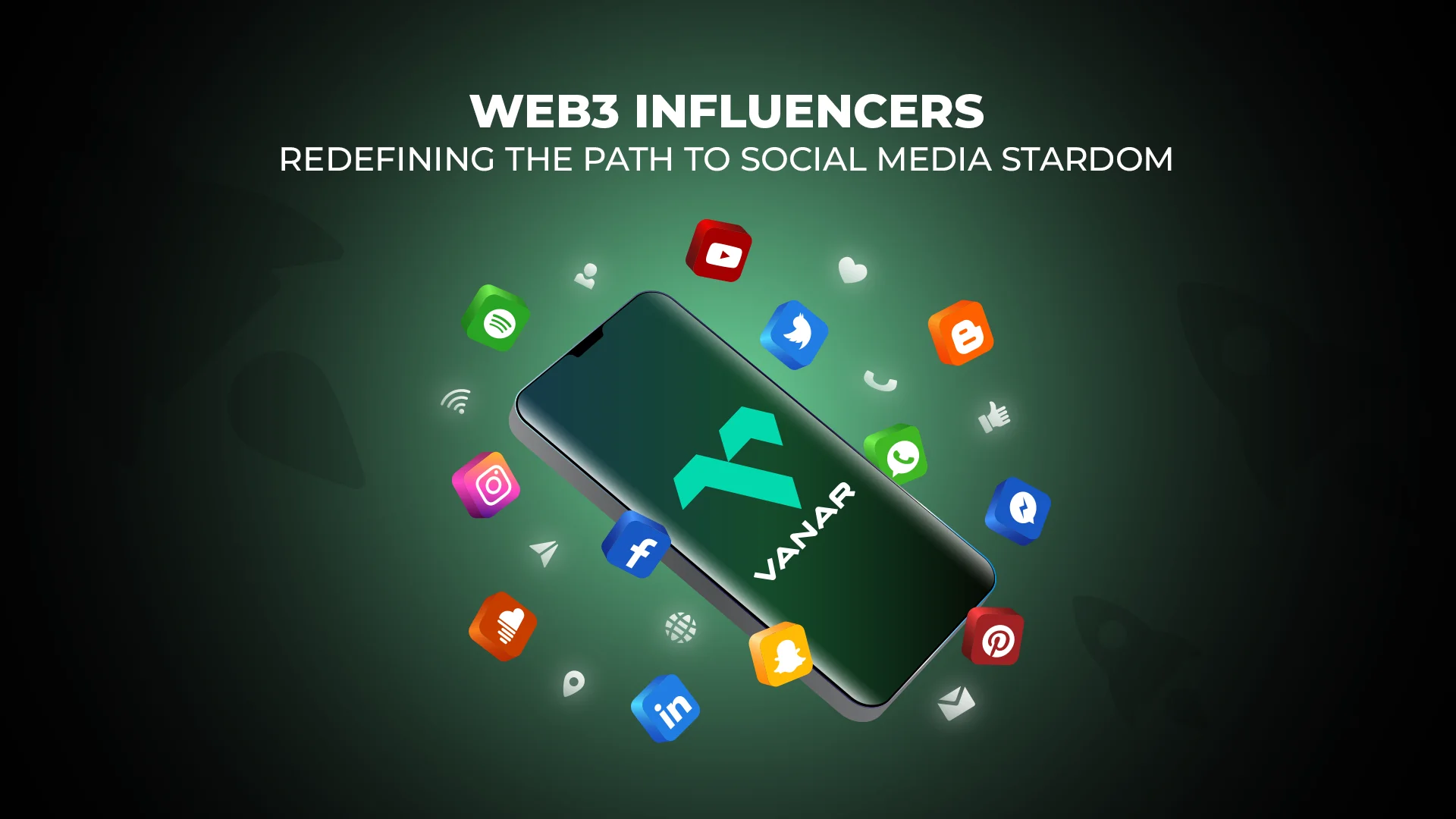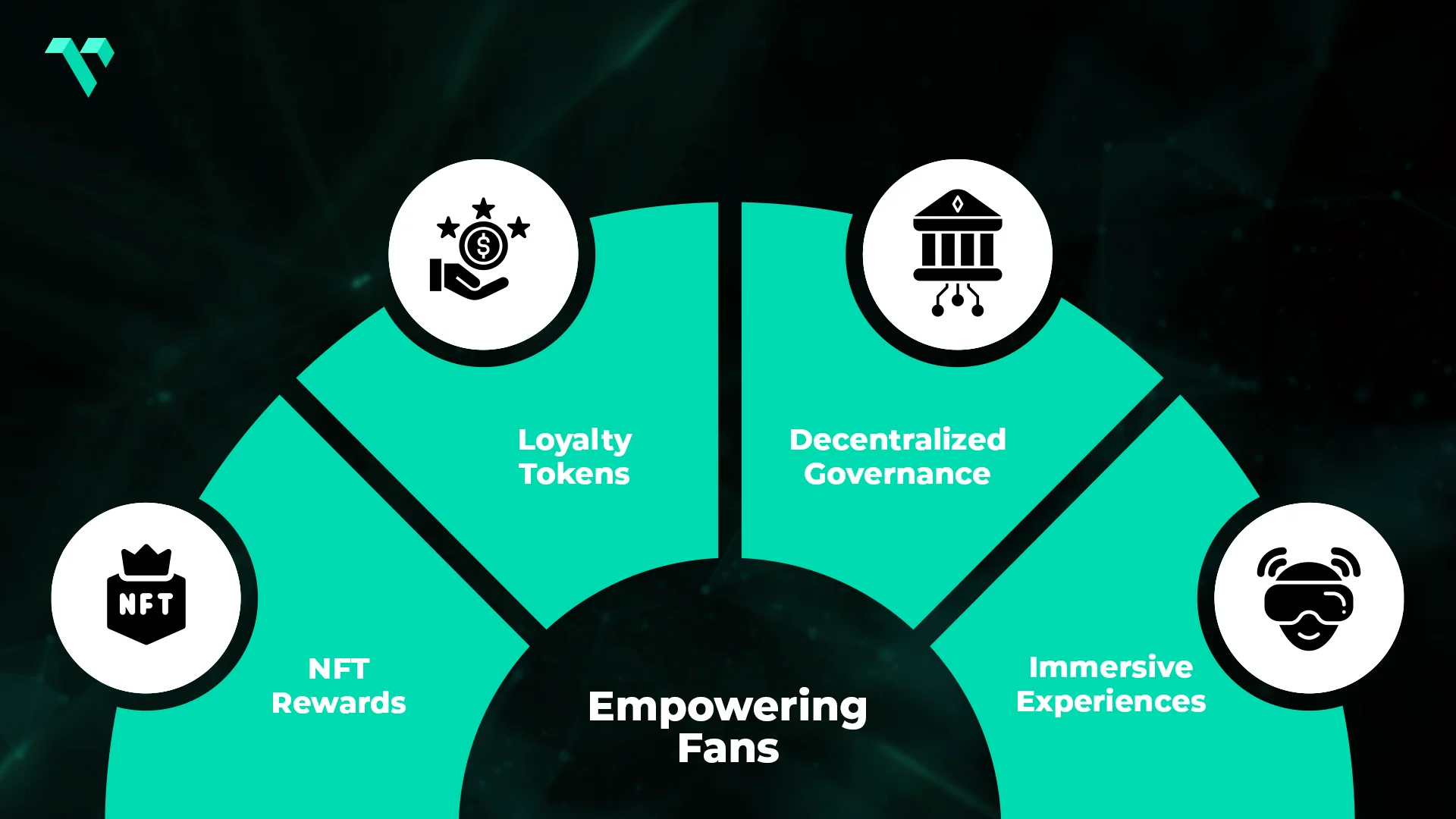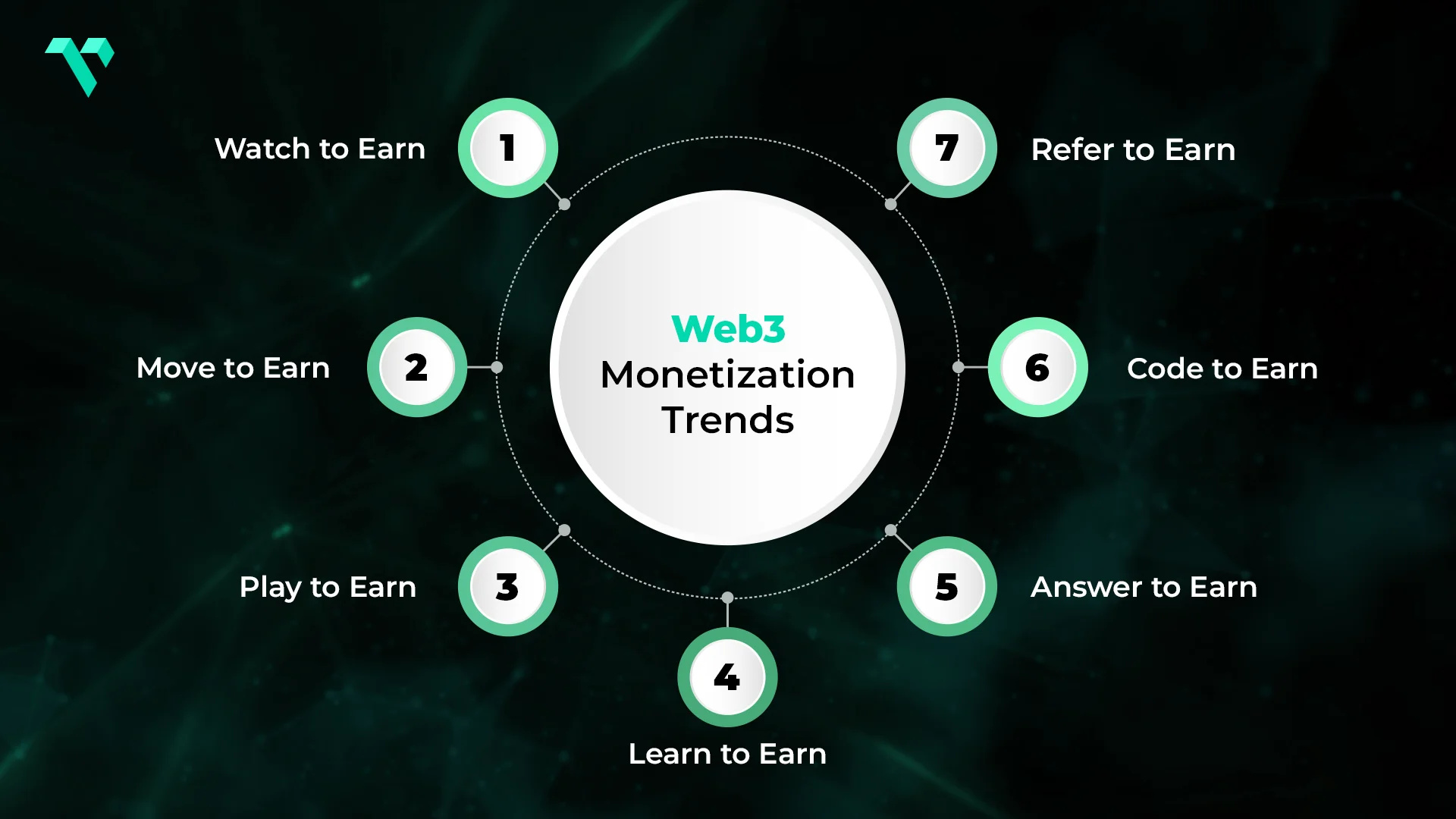


The emergence of Web3, a decentralized version of the internet, profoundly transforms our digital experiences, especially in social media. Centralized entities have controlled traditional platforms for years, but Web3 drives a significant shift. Web3 influencers are at the forefront of this revolution, using blockchain technology to take ownership of their content, connect with fans in more interactive ways, and explore new monetization strategies.
In this blog, we'll delve into how Web3 influencer marketing and crypto are reshaping the digital landscape for influencers.
Traditional Web2 social media platforms like Instagram, TikTok, and YouTube hold considerable power over content creators, dictating content distribution, revenue models, and user engagement. This dominance often leaves influencers at the mercy of algorithm changes, content censorship, and demonetization. However, the influence of Web3 is rapidly gaining traction.
A report by Grand View Research predicts that the global blockchain technology market will reach $17.9 billion by 2028, with a staggering CAGR of 85.9% from 2021 to 2028. At the same time, the influencer marketing industry is projected to soar to $22.2 billion by 2025.
These figures highlight the immense potential of integrating blockchain technology into Web3 projects and marketing. Major brands like Nike, Starbucks, and Louis Vuitton are already exploring Web3 initiatives, blending crypto with innovative marketing strategies.

The concept of actual ownership is a core principle of Web3. Blockchain technology enables influencers to own their content through NFTs (Non-fungible tokens), granting them complete control and ownership over their creations.
Audius, a decentralized music streaming platform, allows artists and influencers to mint their tracks as NFTs. By doing this, they gain full ownership and power over their content. This model enables artists to get a fair share of the revenue, bypassing traditional intermediaries. Audius has attracted 5 million active users. This platform is backed by prominent influencers such as Skrillex and Deadmau5, which show the platform’s heightened influence in the music industry.
Mirror is a decentralized publishing platform for writers and content creators to convert their articles as NFTs. This allows the influencers to tokenize their work, offering them a direct revenue stream from readers who purchase these tokens. By integrating blockchain technology, Mirror ensures that content creators are fairly compensated for their content and can maintain ownership while sharing their work across different platforms.
SyncVault is a community engagement social platform for 200M+ fans to support their creators and artists. It is a complete ecosystem where brands, creators and artists can collaborate to improve recognition among fans. Music is published on a decentralized social media platform for copyright protection. Music artists can earn royalties on their music content while earning additional income for promoting products from different brands. Creators can reward their top fans while fans vote for their favorite creators and earn rewards like discounts, merchandise, special event tickets, tokens and more.

To engage better with their fans, Web3 offers building decentralized communities. These communities can be monitored by decentralized autonomous organizations (DAO). Here, fans can have a stake in the community and participate in decision-making processes.
Friends With Benefits is a social platform where content creators, artists, and influencers come together in a decentralized community within the Web3 space. Members hold $FWB tokens, granting them access to exclusive content, decision-making rights, and events. This model enhances fan engagement by fostering a strong sense of participation and belonging, leading to a more loyal and connected follower base. The success of FWB, which secured $10 million in funding from Andreessen Horowitz, highlights the potential of DAOs to transform fan interaction and elevate Web3 marketing strategies.
Rally enables influencers to create social tokens, which fans can buy and use within the influencers' ecosystem. These tokens allow fans access to exclusive content, experiences, and merchandise. By purchasing these social tokens, fans become stakeholders in the influencer’s success, establishing a deeper connection and engagement. Notable influencers such as Youtuber Kairi Sane and Twitch streamer Fanum have successfully launched their social tokens on Rally.

Web3 is revolutionizing influencer monetization by providing alternatives to traditional ad revenue models. Blockchain technology enables influencers to find new revenue streams, such as NFTs, decentralized finance platforms, and social tokens.
Zora is a decentralized marketplace where influencers can sell their work as NFTs. This allows influencers to sell their work as NFTs. This platform will enable influencers to legalize their content directly from their fans by avoiding traditional intermediaries. Zora also supports secondary sales, ensuring influencers earn royalties whenever their NFTs are resold. The platform has gained popularity among artists and creators such as Beeple - gaining millions of dollars through their NFT sales.
A blockchain-based gaming platform such as Axie Infinity projects the exemplary potential of Web3 for gaming influencers. Players get different rewards for their gaming activities. They can also earn through play-to-earn models. Influencers can engage with their audience by creating engaging content around the game, participating in battles, and breeding Axies (Digital pets). The native token of Axie, $AXS, allows influencers to earn rewards and monetize their gaming activities. Axie Infinity’s success and growth have exceeded the market cap of 10 billion dollars in 2024. This gaming platform’s growth highlights the rising influence of Web3 gaming.
The gaming industry has proven to be one of the most promising sectors for Web3 influencers. Blockchain-based games allow influencers to create content, own in-game assets, and earn through decentralized economies.
The Sandbox is a prime example. It is a decentralized virtual world where influencers can own, build, and monetize their gaming experience. Influencers can earn income by selling and curating virtual assets as NFTs while engaging with the audience in immersive experiences. Sandbox’s native token, $SAND, performs transactions within the platform and generates a robust economy for influencers. This platform attracted partners like Snoop Dogg and Atari, increasing its success and popularity.
A virtual reality-based platform like Decentraland is viral in the world of Web3. Influencers can buy, develop, and monetize virtual real estate. They can also host events, create interactive experiences for their fans, and sell digital merchandise. By integrating blockchain technology, Decentraland ensures that influencers can own their virtual assets completely.
Due to Web3's rapid growth, influencers are entering a new landscape marked by ownership, enhanced by fan engagement and creative monetization strategies. To stay relevant in a world that is becoming decentralized, marketers must allow themselves to adjust and reshape this new environment by joining new ventures with Web3 influencers.
Platforms like Vanarchain are implementing these changes by offering tools for influencers to manage digital assets and communities effectively. As we step into the world of Web3, we acknowledge that these advancements will benefit influencers, brands, and fans. The future of social media is decentralized, and Web3 influencers are at the forefront of this transformative venture.